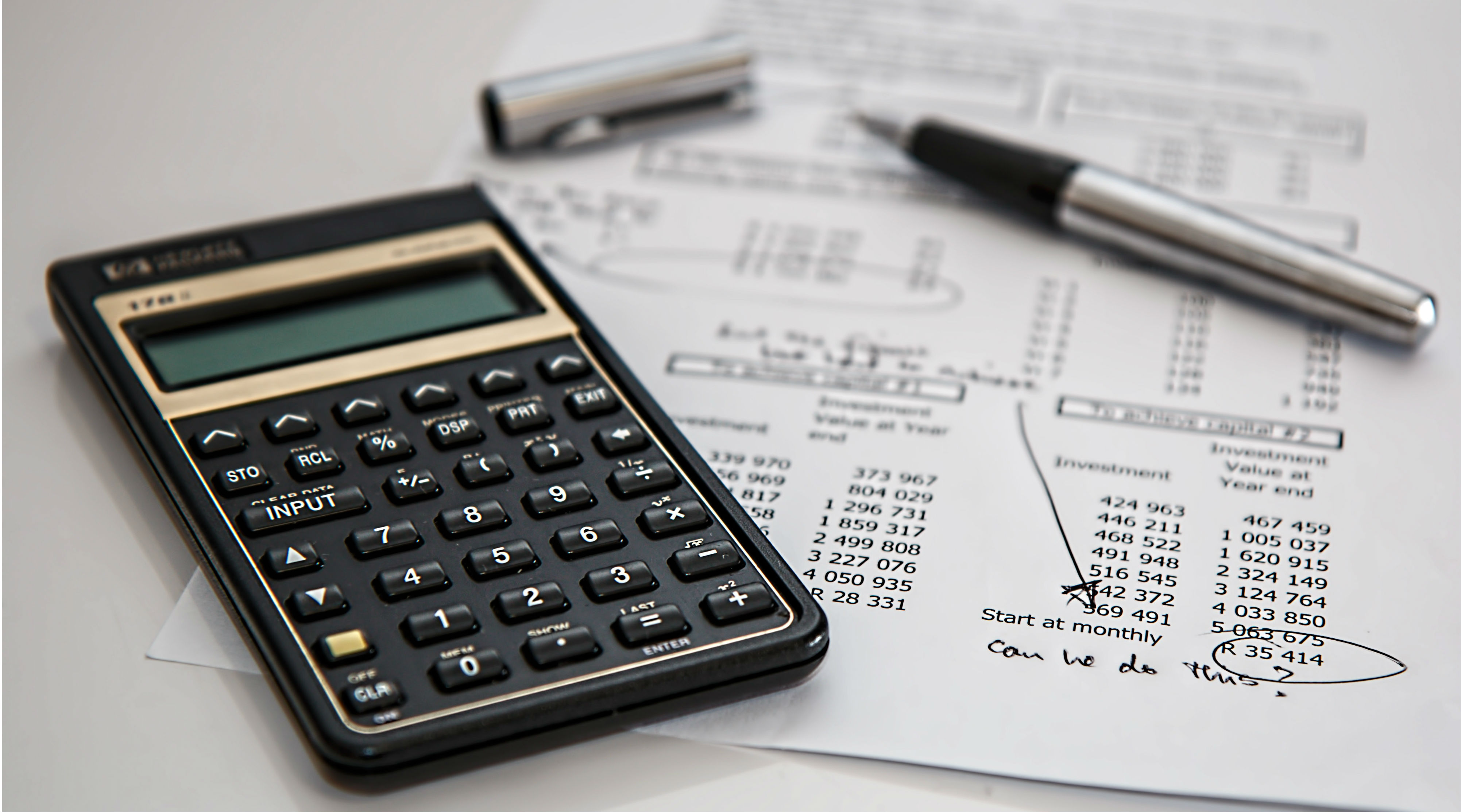How to calculate markup and margins
With all the challenges that face the modern convenience store, it is vitally important to take the time to consider the markup and margin on the products you sell in your store. So, we’ve broken down how to calculate markup and margin and the key differences between the two.
What is markup?
Markup indicates the difference between the sales price of goods or services and its initial unit cost to you. The markup is conveyed as a percentage above the unit cost. In other words, it’s the additional price over the total cost of the goods or services that provides the seller with a profit.
The formula for how to calculate markup can be shown as:
Markup percentage = | Sales price – Unit cost | X 100 |
Unit cost |
(£10 - £15) / £10 = 0.50 x 100 = 50%.
Example: if the product costs £10 and the selling price is £15, the markup percentage would be 50%.
In real world terms: Mike owns a store specialising in selling power tools. He receives a large order for 30 drills and 5 power sanders. Mike has also been asked to deliver items and staff training at the building site.
The cost of the drills is £500 and the cost of each power sander is £100. The delivery and training cost is £2,000. If Mike wants to earn a 20% profit for the order, what would he need to charge the customer?
Step 1: Calculate the total cost of the order (drills + power sanders + delivery and training). (£500 x 30) + (£100 x 5) + £2,000 = £17,500 (total cost)
Step 2: Determine the selling price by adding the cost and the margin using the desired profit of 20%. Selling price = cost + margin (17,500 x 20%).
Therefore, Mike must charge the customer £21,000 in order to make the 20% profit he wants to earn.
It is hugely important to understand how to calculate markup as part of your overall business pricing strategy. Your markup must be enough to offset all the business expenses and generate a profit.
The difference between markup and gross margin
A lot of people use the terms 'markup' and 'gross margin' in the same guise. Both terms help determine profitability, but they are very different.
Markup is the difference between the products selling price and cost, as a percentage of the cost. Gross margin is the difference between a product’s selling price and cost as a percentage of the selling price.
For example: as per the scenario above, the gross margin would be (£21,000 - £17,500) / £21,000 = 0.1667 = 16.7%. The markup was 20%.
The markup is always larger, as compared to the gross margin as shown below.
| Markup | Margin |
| 11% | 10% |
| 20% | 16.7% |
| 66.7% | 40% |
| 100% | 50% |
Markup percentages vary greatly depending on the industry. For some industries the increase is tiny (5% - 10%) of total cost of the product or service, while other industries can mark up their products by a much higher amount. There is no 'normal' markup percentage that applies to all products, although there may be an industry average.
By taking the time to run these calculations you can ensure that your business is running efficiently and as sustainably as possible. The PayPoint One EPoS will help you to calculate pricing and markup leading to time saved, as well as an increase in profits for you.
-
- Where to buy tobacco wholesale in the UK
- How to get a licence to sell alcohol
- Three things to consider before visiting a convenience store wholesalers
- Loss leader pricing advantages and disadvantages for your store
- How can cross-selling boost your retail sales?
- What is upselling in retail and how do you implement it?
- 10 retail tips to increase sales in your store
- What is EPoS and how can it help you?
